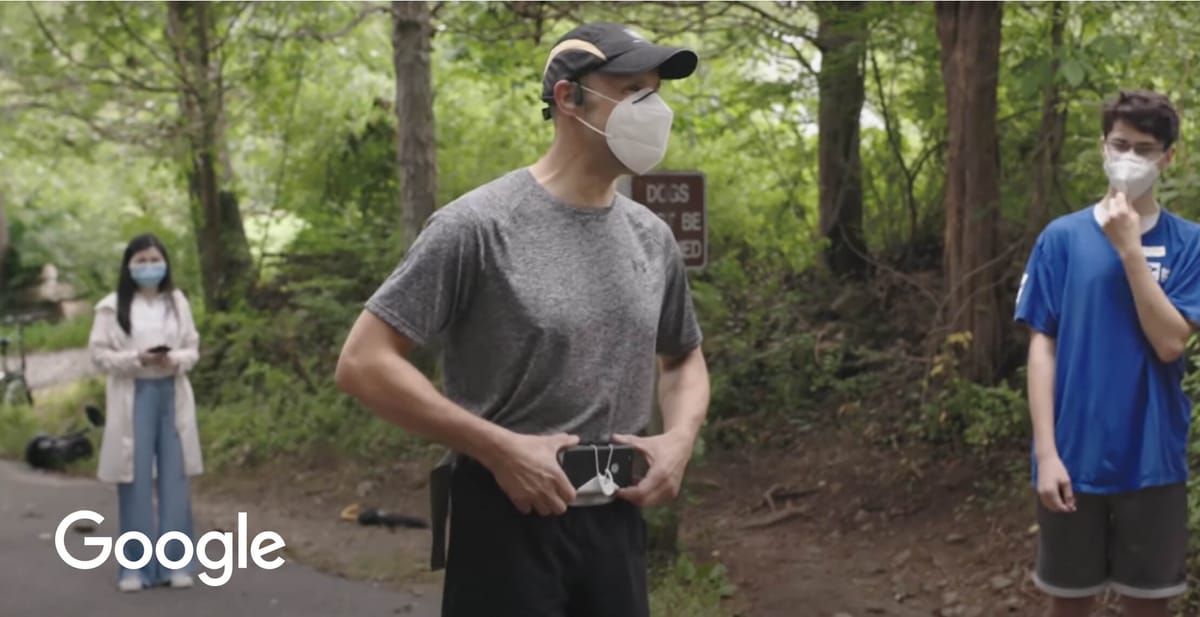
Project Guideline, a collaboration between Google Research and Guiding Eyes for the Blind, leverages on-device machine learning to guide users with visual impairments along outdoor paths marked by a painted line. Using only a Google Pixel phone and headphones, the system provides audio feedback to help users walk, jog and run safely and independently.
Now, Google has open-sourced the technology, making it freely available for anyone to build upon and create new accessibility innovations.
Under the hood, Project Guideline cleverly pieces together inputs from the phone’s camera, augmented reality capabilities, and custom machine learning models to understand the user’s position relative to the path line. As the user moves, the system maps their progress to provide real-time audio cues guiding them forward.
With all processing done on-device using Google’s Tensor chip, Project Guideline provides real-time instructions with minimal latency. This ensures reliability for users dependent on the system. The open-sourced accessibility advancements may pave the way to removing any special path infrastructure altogether in future versions. For now, by sharing its internal efforts with the public, Google hopes to take another leap towards the goal of enabling the visually impaired to navigate spaces with confidence and independence.
Since its initial rollout, Google has worked to advance Project Guideline’s capabilities to handle more complex scenarios. Upgrades like 3D obstacle detection and advanced path planning enable safer navigation through irregular routes and environments.
While the current version relies on a painted path, Google is working toward guideless navigation by leveraging other vision techniques to follow sidewalks and map surroundings.
“We invite the accessibility community to build upon and improve this technology while exploring new use cases in other fields.”
By releasing Project Guideline publicly rather than keeping it proprietary, Google opens the door to growth. The accessibility community now has an invaluable tool to push the boundaries of what’s possible, creating life-changing technologies for the visually impaired. Google’s move signals a commitment to transparency and collaboration on AI systems tackling real-world challenges.

